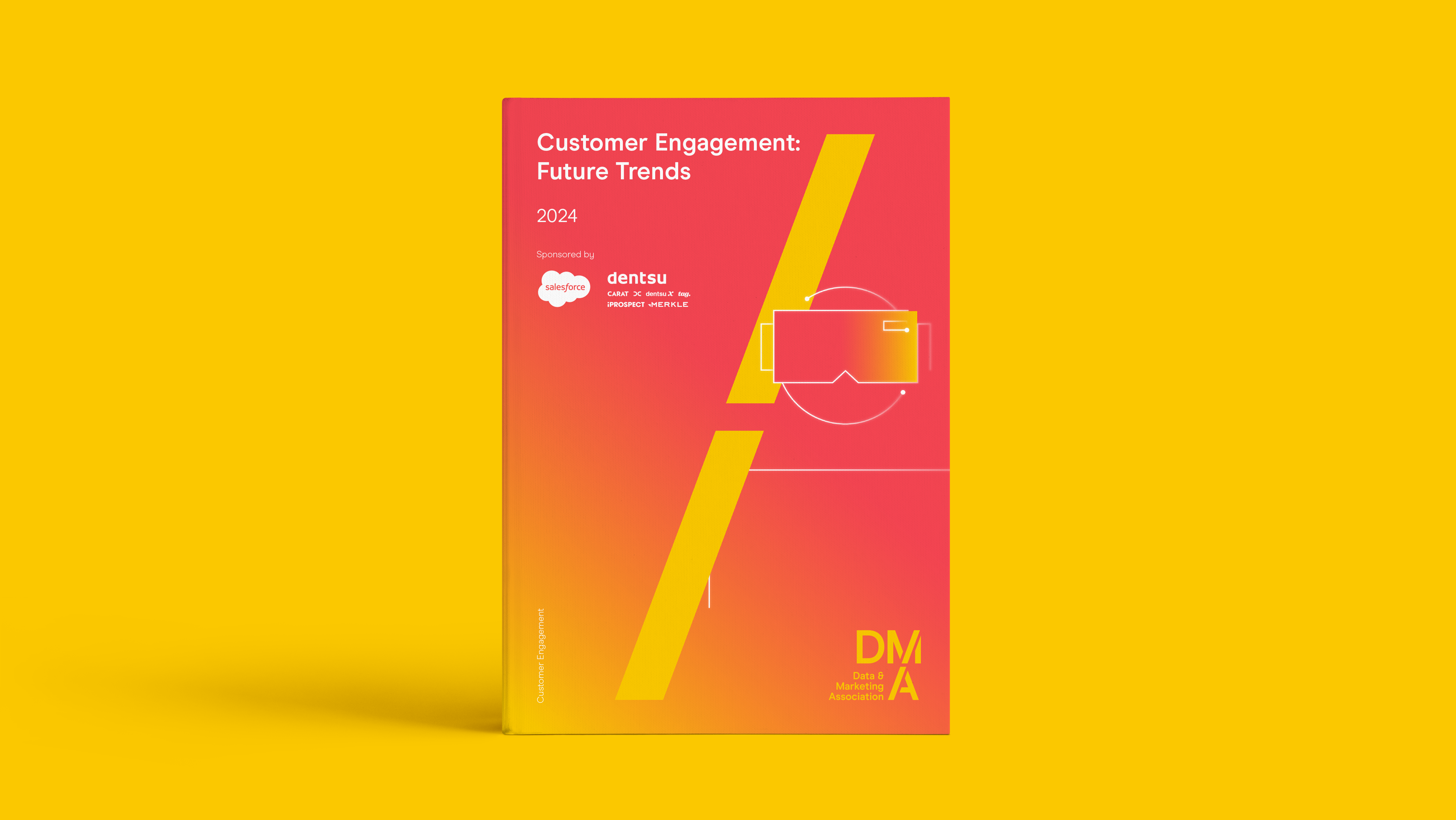Data Best Practice: Acquiring New Data
02 Mar 2020

This article is written by Leah Munting, chair of the Best Practice hub and member of the Customer Data Council.
Acquiring new data is a challenge for marketers, with necessary compliance around both inbound and outbound routes making this difficult.
Since the introduction of the new data legislation, there also have been misconceptions about the use of third-party data. As per the Third-Party Data Guide, nothing in the GDPR prohibits the use of third-party data, provided it is approached and undertaken in the right way and with appropriate safeguards.
So, expanding your database while maintaining compliance needn’t be intimidating.
Know the rules
- You are obliged to meet all legal and relevant codes when looking to acquire new data. That means adopting a data protection by design approach as well as identifying your legal basis of processing
- Follow the transparency principle at the point of sign-up by identifying yourself clearly, explaining your ‘stated purpose’ and declare any third-party usage and provide clear links to your privacy notice
- Carry out your due diligence, especially when using third-party data: you must review relevant privacy notices, collection statements and confirm data-age when working with brokers
Be clear on specific channel cans and can-nots
- Ensure your marketing strategy and data collection forms or acquisition plan are aligned. Spending time on this upfront will ensure you can execute your plans later
- Controllers must collect permissions for all channels. Consent is not blanket – you must give individuals preferences over communication types
- You can look to using soft opt-in for email and SMS marketing based on meeting a strict set of criteria, but ensure you are aware of the exemptions first
Keep the customer front and centre, always
- Aim for personalised communications that will deliver highly personalised, relevant and one-to-one communications
- Keep this in mind when designing your data capture strategy, so you only collect the correct data in line with GDPR limitation principles and to improve the results of your marketing activities and analysis
- Be pro-active and imaginative in your data collection opportunities as well as timing your requests to pertinent or relevant points in customer life(cycle)
- It is important to keep researching, testing and understanding audience drivers as wants and needs of audiences vary
Fulfilling your accountability
- Accountability helps your organisation offer clarity to your (potential) customers, so it’s vital that you have systems in place to record data clearly, accurately and in an accessible way
- Append permission statements to data records. By recording these details, you will maintain a clear compliance chain
- This clarity will help instil customer confidence and increase positivity in those potential customers that you are trying to attract to your brand
For more information, see the Data Guide, here.
See more from the Data Council, here.
Read more from our Data Best Practice series:
The Power of the Privacy Notice
The Power of the Privacy Notice - Case Study
Acquiring New Data Under GDPR - Case Study

1.png)


Please login to comment.
Comments